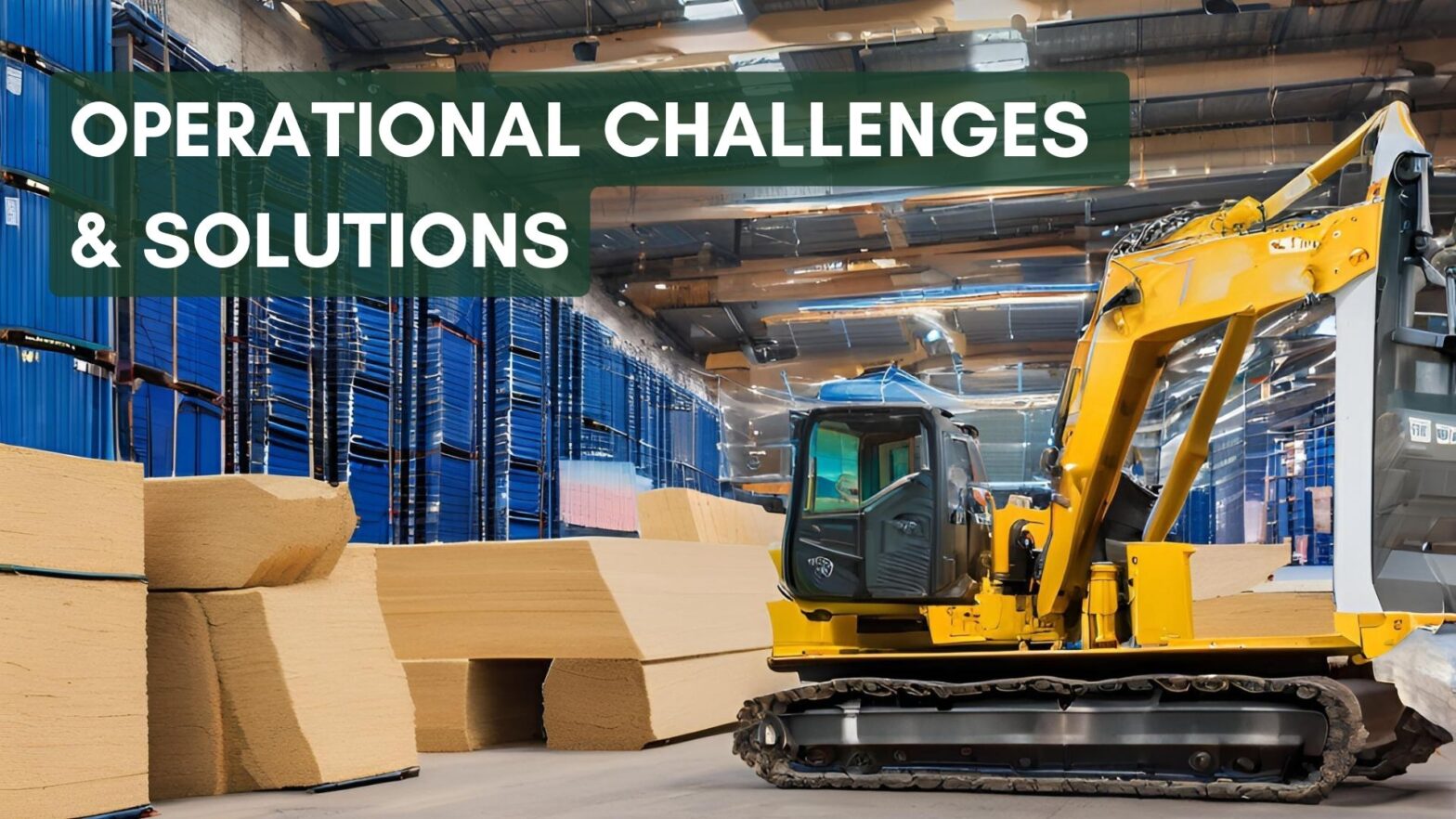“Shrinkage — the loss of inventory due to damage, theft, miscounts, or misplacement — is a costly issue in outdoor lumber yards. While some level of loss is expected, excessive shrinkage eats into margins, disrupts jobsite deliveries, and undermines trust between inside sales, yard crews, and customers.
The good news: a mix of technology, process discipline, and culture change can dramatically reduce shrinkage in even the most complex yard environments.
Here’s how leading distributors are reducing shrinkage in outdoor lumber yards in 2025 — and how you can do the same.
🔍 1. Improve Receiving Accuracy at the Dock
The first place to look is inbound inventory. Many shrinkage issues start with poor receiving practices.
Best Practices:
Use barcode scanning or RFID to verify against POs at the point of unload
Train receiving staff to inspect for damage, overages, or short shipments — and flag immediately
Log variances in your ERP before product hits the ground
✅ Early visibility = fewer untracked materials and less mystery loss later.
📦 2. Standardize Yard Organization and Labeling
Outdoor storage can lead to chaos if there’s no consistent system for where and how materials are stored.
Best Practices:
Designate zones, rows, or bins for each SKU or product type
Use weatherproof labels or color-coded tags to identify bundles clearly
Keep a yard map synced with your ERP or inventory system
✅ A clean, clearly organized yard makes it harder to “lose” materials — and easier to audit.
📱 3. Use Mobile Devices to Track Inventory Movement
Manual transfers, handwritten tags, or verbal communication often cause errors. Go digital.
Best Practices:
Equip yard staff with handheld scanners or tablets
Require scanning for:
Transfers between zones or yards
Picks for delivery or will-call
Returns and damaged goods
Update inventory status in real time
✅ Eliminates phantom stock and helps reconcile fast-moving items.
🧾 4. Perform Rolling Cycle Counts (Not Just Annual Audits)
Relying on once-a-year physical counts means shrinkage is only discovered after it’s too late to fix.
Best Practices:
Set a cycle count schedule based on product movement (e.g., weekly for top 100 SKUs)
Use blind counts to prevent bias
Count during slow periods to minimize disruption
Track variance trends over time to spot recurring issues
✅ Frequent counts = faster issue detection = less shrinkage.
🚧 5. Secure Your Yard — Especially After Hours
Outdoor yards are vulnerable to theft — especially in unmonitored or poorly lit areas.
Best Practices:
Install fencing, lighting, and signage
Use surveillance cameras with motion alerts and remote monitoring
Consider RFID gates or asset tags on high-value bundles
Implement access logs for after-hours deliveries or vendor access
✅ Physical security deters theft and gives visibility if it occurs.
🧠 6. Train Yard Crews on Shrinkage Awareness
Often, shrinkage isn’t malicious — it’s procedural or cultural.
Best Practices:
Teach staff that every misplaced board or undocumented return costs real money
Create a culture of ownership and accountability
Involve yard leads in loss reporting, variance resolution, and inventory meetings
✅ When the team understands the “why,” they protect inventory like it’s their own.
📊 7. Use Analytics to Identify Shrinkage Hot Spots
Your ERP or WMS likely contains valuable clues.
Best Practices:
Analyze shrinkage by:
Product type
Yard location
Time period
Crew shift
Watch for patterns in returns, short picks, or customer complaints
Set shrinkage KPIs and track improvement over time
✅ Data helps focus your efforts and proves ROI on shrinkage-reduction initiatives.
Bonus Tip: Involve Sales and Drivers
Sales teams and delivery drivers are often the first to hear about missing or miscounted items.
Have reps log customer-reported shortages for review
Ask drivers to verify bundles loaded match paperwork
Incentivize clear communication between sales, dispatch, and yard staff
Conclusion
Shrinkage in outdoor lumber yards isn’t inevitable — it’s manageable. With the right mix of technology, yard discipline, staff training, and visibility, you can significantly reduce loss and protect your margins.
Start with one or two high-impact areas — like mobile scanning or cycle counting — and build a roadmap for continuous improvement.”


